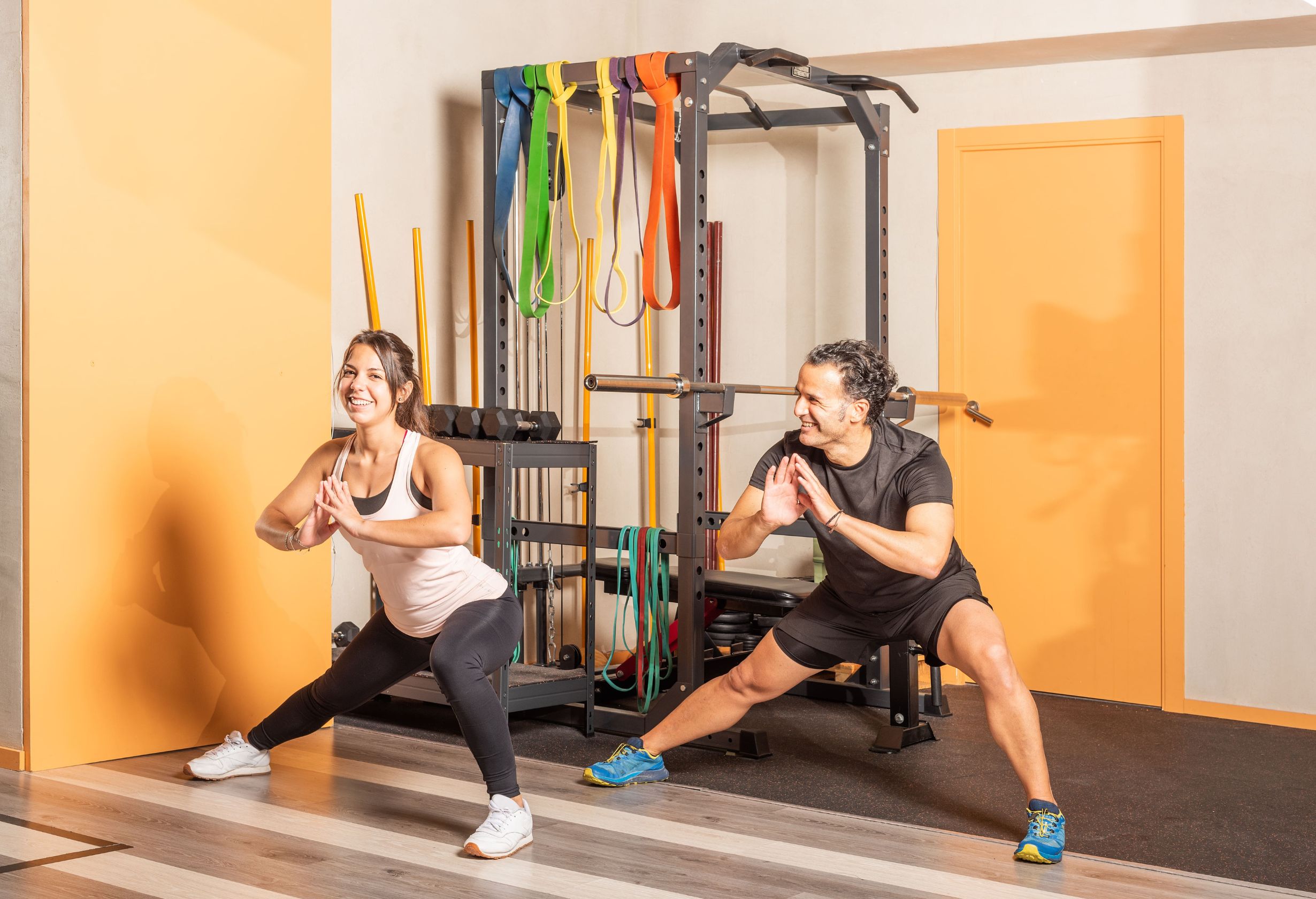Why Adductors And Abductors Are So Important
Why Adductors And Abductors Are So Important

Most of us prefer to train the large and visible muscles. These include the chest, legs, buttocks, arms, back, and shoulders. Two muscle groups that we unfortunately neglect all too often are the adductors and the abductors. But that’s a mistake!
Why Are They So Important?
In strength training, we often focus on the so-called anterior and posterior muscles, meaning the front and back muscle chains of the body. These chains include the hip flexors, hip extensors, knee flexors, and knee extensors—muscles responsible for stabilizing their respective joints. However, true joint stability and protection require a balance between these primary muscles and the medial (inner) and lateral (outer) stabilizers. This is where the adductors and abductors come in, as they support the inner and outer thighs.
Weak or neglected adductors and abductors can lead to imbalances that may contribute to injuries in the knee, hip, and even lower back. By including these muscles in your workout routine, you improve overall stability, joint health, and performance in other exercises.
The Adductor Muscles
The adductors are located on the inner side of the thigh and include muscles such as the adductor longus, adductor brevis, adductor magnus, gracilis, and pectineus. These muscles work to bring the thigh inward toward the body’s midline. In addition to stabilizing the knee and hip joints, strong adductors are crucial in activities involving lateral movements, such as sports that require quick changes of direction (e.g., soccer, basketball, and tennis).
The Abductor Muscles
On the opposite side, the abductors are located on the outer thigh and include muscles such as the gluteus medius, gluteus minimus, tensor fasciae latae, and piriformis. These muscles help lift the leg away from the body’s midline. Abductors play a key role in stabilizing the pelvis and maintaining balance during single-leg activities, such as running or stepping sideways. Strengthening them can help reduce hip and knee pain, particularly during high-impact or twisting movements.
How Strong Adductors and Abductors Benefit Your Back
Since all muscles in the body work together in a kinetic chain, strong inner and outer thigh muscles not only stabilize the knee and hip joints, but also contribute to better spinal alignment and back health. Balanced adductor and abductor strength helps maintain a stable torso and promotes good posture, which supports the spine during daily activities and high-intensity workouts. For those with lower back pain, strengthening these muscle groups can also help reduce strain on the lumbar region by improving overall body mechanics.
Adductor Exercises for Beginners and Advanced Users
There’s a wide range of exercises for adductor training:
- Lateral Lunges: A popular choice, lateral lunges strengthen the adductors and improve hip flexibility. Beginners should start with body weight, while advanced users can add dumbbells or a barbell for added resistance.
- Sumo Squats: A wider stance in squats shifts more of the load onto the inner thighs, targeting the adductors.
- Adductor Machine: Most gyms have an adductor machine specifically designed to isolate and strengthen the inner thigh muscles.
Abductor Exercises for Stability and Strength
For abductor training, consider the following exercises:
- Side-Lying Leg Raise: A simple yet effective exercise, particularly for beginners.
- Clamshells: These engage the gluteus medius and minimus while also improving hip stability.
- Cable or Resistance Band Lateral Walks: Adding resistance to lateral movement builds strength in the abductors and improves hip stability.
- Hip Abduction Machine: Common in gyms, this machine isolates the abductors effectively.
Conclusion
Strengthening the adductors and abductors can improve athletic performance, prevent injuries, and contribute to better overall body stability and posture. Including these exercises regularly will not only support your other workouts but will also enhance your body’s resilience and functionality.
